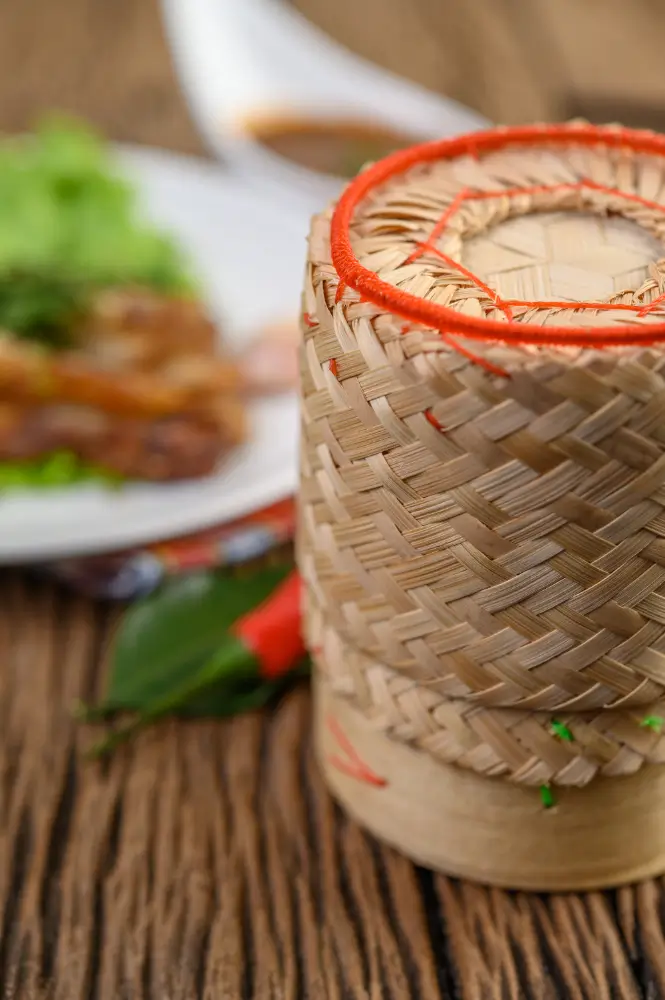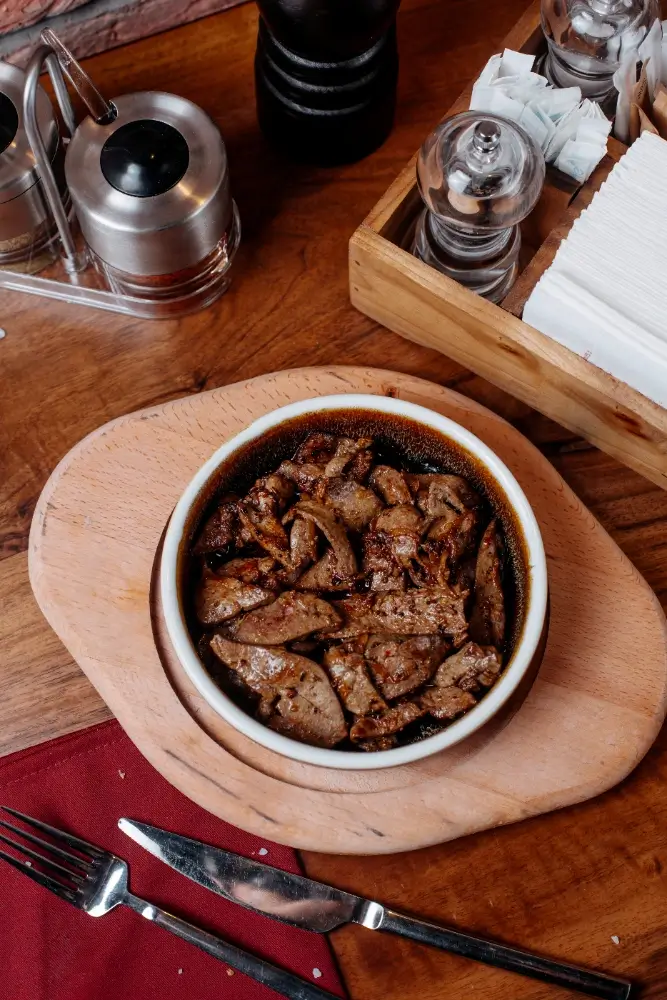Where is Kalinga
While Kalinga is known as a province in the northern Philippines, it’s interesting to mention that there’s another historical region called Kalinga in India, renowned for its significant past. However, in the context of the Philippines, Kalinga is celebrated for its stunning landscapes, indigenous culture, and rich traditions.
Geographical Location
Kalinga Province is located in the northern part of Luzon, the largest island in the Philippines. It is part of the Cordillera Administrative Region (CAR), known for its mountainous terrain and vibrant cultural heritage. The province is bordered by the provinces of Cagayan, Isabela, Mountain Province, Abra, and Apayao.
Frequently Asked Questions
1. What is the capital of Kalinga in the Philippines?
The capital of Kalinga is Tabuk, which is also the largest municipality in the province. It is a hub for commerce and culture in the region.
2. What is Kalinga known for?
Kalinga is renowned for its rice terraces, traditional tattoos, and the indigenous Kalinga community. The practice of tattooing, particularly by the famous Apo Whang-Od, is a significant cultural attraction.
3. How does Kalinga contribute to the Philippines’ cultural diversity?
Kalinga, with its indigenous peoples, contributes significantly to the Philippines’ cultural tapestry. The preservation of traditional customs, crafts, and rituals offers a living museum of Filipino heritage.
4. What are the natural attractions in Kalinga?
Kalinga boasts breathtaking natural attractions, including the Chico River, scenic mountains, and lush rice terraces, which provide opportunities for eco-tourism and adventure activities like rafting and trekking.
5. How accessible is Kalinga for travelers?
Kalinga is accessible via land travel from major cities like Manila and Baguio. While the journey can be lengthy, the stunning landscapes and cultural experiences make it worthwhile.
Kalinga in the Philippines, much like its ancient namesake in India, is a region steeped in history and cultural richness, offering visitors a unique blend of natural beauty and traditional heritage. Whether you’re drawn by its historic rice terraces or the warmth of its indigenous communities, Kalinga promises an enriching experience.



